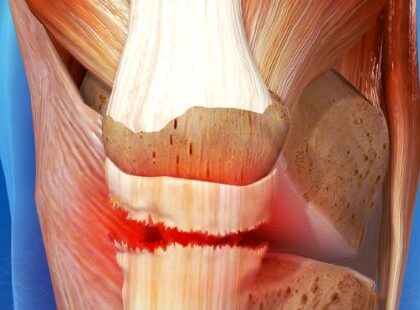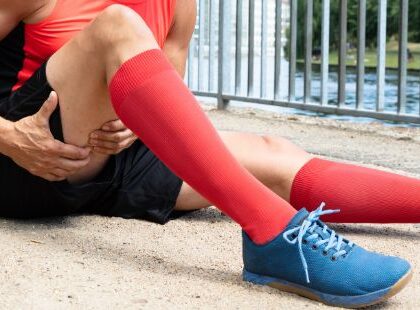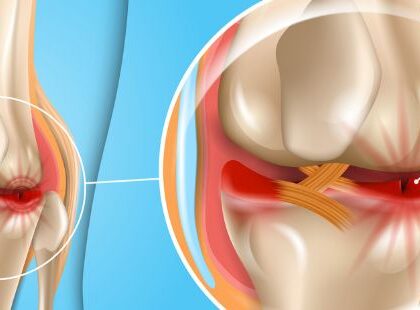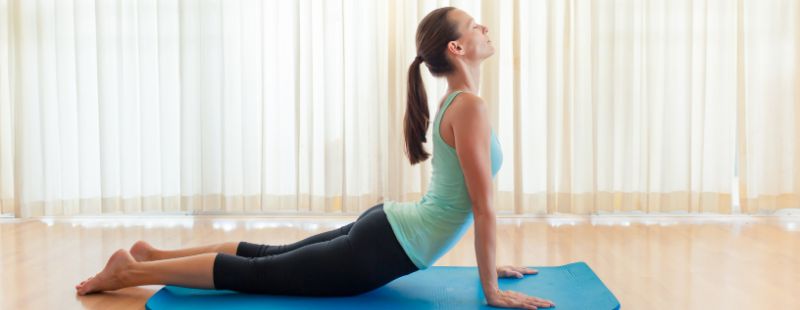
You have grown up hearing that you need to warm up with a stretch before you do any exercise. You probably have done it a hundred times yourself. Before your morning run, you stick your leg out, bend forward and hold that stretch. You then move onto the other leg. Then off you go for a jog!
While stretching is a crucial part of any workout plan, you must understand when to stretch for optimal results.
The Two Types of Stretches
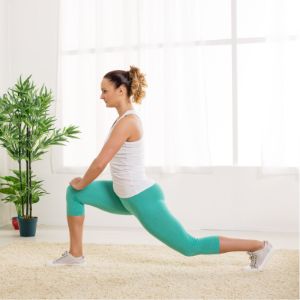
While there are a number of stretching techniques out there, the two most common categories are Static and Dynamic stretching.
Static Stretching: This involves stretching from a stationary, comfortable position and holding it for a period of 10-30 seconds.
Dynamic Stretching: Dynamic stretching involves active movements. Your muscles stretch, but you don't hold the stretched position for long. Effectively you are taking your joint through an active range of motion to lubricate the joint.
Warm Up Time: To stretch or not to stretch?

Right from primary school, we've been told that we should stretch as part of our warmup regimen. However, several studies have questioned the usefulness and appropriateness of static stretching as a warmup exercise in recent times.
What makes stretching a bad choice as a Warm Up Exercise?
According to a number of researchers, static stretching before training is unnecessary or, in some cases, even counterproductive. Here's why.
A study published in the Scandinavian Journal of Medicine and Science in sports amalgamated the results from 104 studies where static stretching was used exclusively as a warmup, and some of the results they found were as follows:
- Reduction in strength of stretched muscles by 5.5%: The strength of the stretched muscles actually showed reduced strength. The percentage reduction was higher when a stretch was held for 90 seconds or more. The percentage reduction decreased slightly when a stretch was held for less than 45 seconds.
- Fall in muscle power after stretching: Studies showed a 1-2% reduction in muscle power after a short-duration stretching and 4-7.5% decline after longer duration stretching.
- Decline in explosive muscular performance by 2.8%: Such declines in explosive muscle performance can lead to reduced performance in any sport that require explosive movement such as sprinting, weightlifting, cycling sports or even swimming.
- Decrease in strength: Some studies have cited up to an 8.3% decrease in capacity to lift weights after stretching statically. Some reports also talk about reduced balance and stability compared to the pre-stretched state.
Stretching loosens muscles and tendons, increasing your flexibility. However, it can also reduce muscles' ability to spring back into immediate action and effectively utilise their energy.
Dynamic stretches are great alternatives to static stretches as warmup options.
How to do Dynamic Stretches for a Great Warm Up
Dynamic stretches include active muscle movements. They are great exercise options to include in your warmup regimen because they take your joints through their full range of motion. They help in improving muscle elasticity and power. Another great benefit is they also help increase blood circulation and heart rate.
Your choice of dynamic stretches will depend entirely on the type of exercise you are planning to do.
Here are a few great stretches you could do before a running session:

- Swing one leg forward and kick back. Aim to get your straight leg as high into flexion as you can. Follow this up with a swing back (without bending forward).
- Swing your leg from side to side in front of you (from left to right) - you may need to hold onto something for support. Swing both your legs, one at a time.
- Do some high knee runs.
- Do a drill of kickbacks (feet to backside)
If you are going to sprint, include some arm range-of-motion exercises as there will be a lot of anterior shear forces acting on your shoulders when running.
Now that you have a better understanding of stretching, let's look at why you must include stretching in your workout routine. While static stretching may not be your best option for a warmup regimen, stretching, as an exercise, can provide a large number of benefits to your body.
Benefits to Stretching
Here are some of the key benefits of stretching:
- Regular stretching can help increase your muscles and tendons' flexibility, helping you perform your everyday chores safely and with ease.
- Increases the range of motion of your joints: When your joints are able to regain the full range of their motion, it helps you move better and reduces the risk of injury.
- Regular stretching increases blood flow to the muscles: Increased blood flow can shorten your muscles' recovery time. It can also reduce muscle soreness and help in faster healing of injuries.
- It improves posture: Muscle imbalances, over time, can lead to poor posture and structural misalignment. Without proper exercise, muscles can also shorten over time. All this can lead to chronic postural changes that can be difficult to reverse in the future. Regular stretching, along with other exercises, can help create better alignment and lead to better overall posture.
- It reduces stress and relaxes you: Stretching can help release endorphins which can help you stay relaxed. It can also assist in reducing physical and mental stress.
- Improves your performance. Chronic contracture of muscles actually decreases their strength. Loosening them back up again will promote the muscles ability to properly fire & contract at full strength.
See how the layout goes here in the blog, might be better to break these up as “sub headings” instead of bullet points.
When to Stretch fo Optimal Results
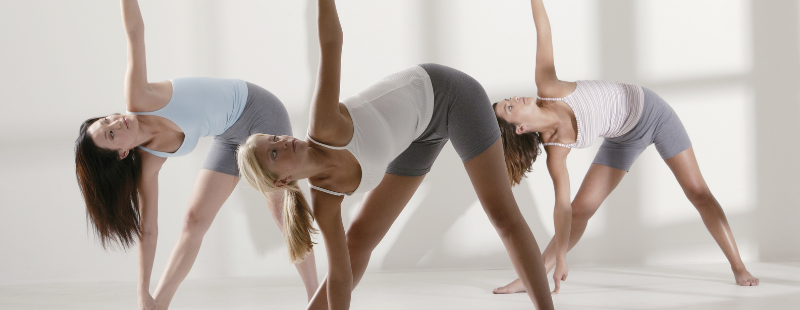
At Paramount Health, we always recommend our clients to avoid static stretching during the warmup drill.
The general rule of thumb is- Do dynamic stretching before and static stretching after exercises or other physical activities. The best time to do static stretching is when your muscles are warm and pliable – For example, at the end of a training session.
You can also stretch during evenings after an active day. Just make sure you put aside some time for active recovery.
Like I said earlier, the best time to do dynamic stretches is before you start exercises or any other rigorous physical activity. This gets your muscles primed for action.
Stretching should definitely be a part of your workout strategy. Whether you are a sportsperson or an office worker, you can get substantial benefits from stretching if you do it regularly. Understanding when to stretch for optimal results is important to ensure that you get the benefits, you're after and avoid any risk of injury.
Before you start any workout program, it's a good idea to talk to an expert. You don't want to injure yourself by doing exercises that don't suit your body. If you need any further information on this, why not talk to our Sports Chiropractor. We will be happy to help you achieve your fitness goals.






